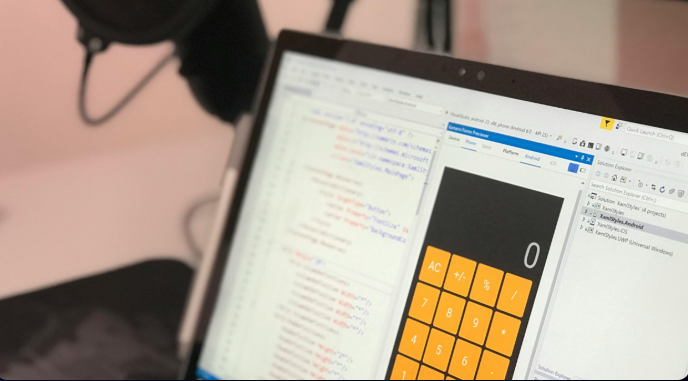How to Build a Stock Trading App That Users Can Trust

Strong 8k brings an ultra-HD IPTV experience to your living room and your pocket.
The financial tech landscape has evolved dramatically over the past decade. Today, users expect the ability to buy and sell stocks in real time, access live market data, and manage their investments—all from their smartphones. If you're wondering how to build a stock trading app that stands out in this competitive market, it's not just about sleek design or fast performance—it's about building something reliable, secure, and user-centric.
In this guide, we’ll walk you through the essential steps, features, and strategies to create a stock trading app that not only functions seamlessly but also earns user trust.
________________________________________
Step 1: Understand the Market & Regulatory Landscape
Before writing a single line of code, you need a deep understanding of:
• Your target audience (beginners, active traders, long-term investors, etc.)
• Regulatory requirements such as SEBI in India, FINRA/SEC in the U.S., or MiFID II in Europe.
• Licensing needs if you're offering brokerage services directly.
Partnering with a licensed brokerage or using a brokerage-as-a-service platform (like Alpaca, DriveWealth, or Zerodha APIs) is often the first step.
________________________________________
Step 2: Define Core Features (What Users Actually Need)
When planning how to build a stock trading app, focus on the features that matter most for both utility and trust:
• User Registration & KYC Integration
Smooth onboarding with secure identity verification (Aadhaar, PAN, SSN, etc.).
• Dashboard & Portfolio Tracking
A clear overview of user holdings, profit/loss, and performance charts.
• Real-Time Market Data
Integrate with reliable APIs like IEX Cloud, Yahoo Finance, or Alpha Vantage for live stock prices.
• Buy/Sell Functionality
Enable swift and accurate order placements with instant feedback and order history.
• Watchlists & Alerts
Allow users to monitor stock movements and receive customizable push notifications.
• Security Protocols
Two-factor authentication (2FA), biometric login, and encryption are non-negotiable.
________________________________________
Step 3: Choose a Reliable Tech Stack
Your tech stack can make or break the performance and scalability of your app. Here's a basic setup:
• Frontend: React Native or Flutter for cross-platform development.
• Backend: Node.js, Python (Django/Flask), or Java.
• Database: PostgreSQL or MongoDB with strong security layers.
• APIs: Integration with trading platforms (like Zerodha Kite Connect, Robinhood APIs, or Tradier), KYC verification APIs, and real-time data providers.
Remember: low latency and high availability are critical in stock trading.
________________________________________
Step 4: Prioritize Security & Compliance
Security isn’t just a feature—it’s a foundation. Key practices include:
• End-to-end encryption (SSL/TLS)
• Regular security audits and penetration testing
• Secure cloud hosting (AWS, Azure, GCP) with disaster recovery
• GDPR and local data protection law compliance
Also, always keep your app audit-ready for regulators.
________________________________________
Step 5: Build for Scalability
As your user base grows, your infrastructure needs to scale effortlessly. Implement:
• Load balancing
• Microservices architecture
• Real-time monitoring and automated alerts
Scalability ensures the app doesn’t crash during market volatility—a common failure point for new apps.
________________________________________
Step 6: Test, Iterate, and Launch in Phases
No app is perfect at launch. Begin with an MVP (Minimum Viable Product) to gather feedback. Focus on:
• App performance
• Bug reporting and issue tracking
• UI/UX tweaks based on user behavior
Then, scale up features like AI-based investment suggestions, social trading, or educational tools.
________________________________________
Final Thoughts
Knowing how to build a stock trading app is one thing—building it right is another. The financial market rewards speed and precision, but users stay loyal to platforms they trust. Whether you’re a fintech startup or an established enterprise expanding into trading, your success depends on more than just code. It’s about crafting a secure, intuitive, and regulation-compliant experience that users rely on every day.
So start with the user in mind, build with trust at the core, and grow with confidence.
Note: IndiBlogHub features both user-submitted and editorial content. We do not verify third-party contributions. Read our Disclaimer and Privacy Policyfor details.







